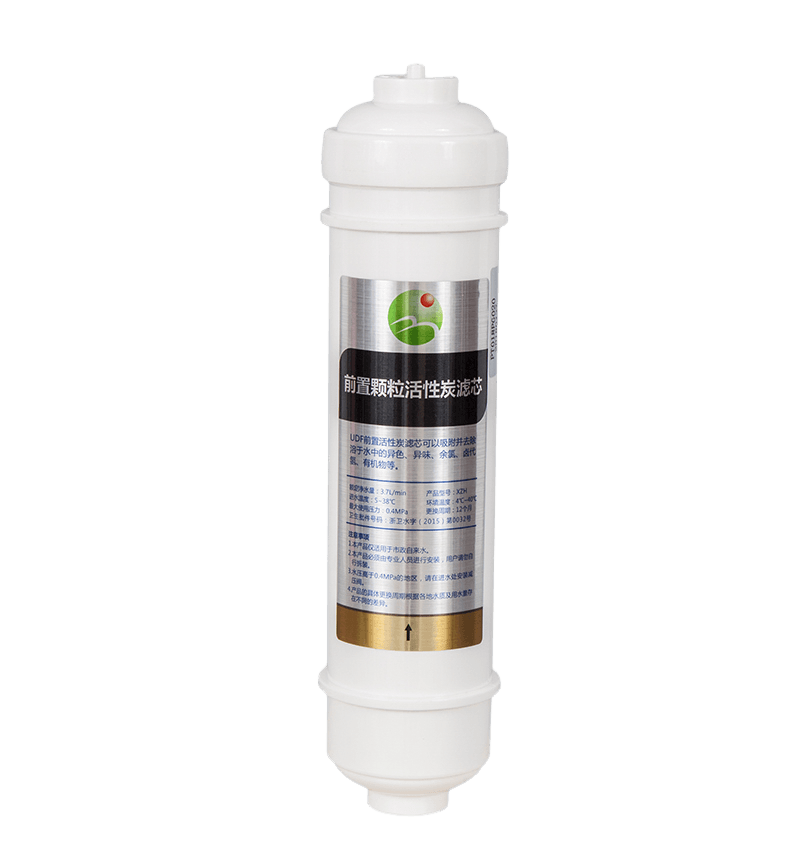Water purifiers can be divided into the following 10 categories according to water quality treatment methods:
1. Softening method
It refers to the removal or reduction of hardness (mainly calcium and magnesium ions) in water to a certain extent. In the process of water softening, it only softens the water quality, but can not improve the water quality.
2. Distillation
It means boiling water and collecting steam to cool and condense it into liquid. Distilled water is extremely safe drinking water, but there are some problems to be further explored. Because distilled water does not contain minerals, this has become a reason for opponents to argue that human life is prone to aging. In addition, the distillation method has high cost and energy consumption, and can not remove volatile substances from water.
3. Boiling method
It refers to drinking tap water after boiling, which is an ancient method and is widely used in China. Boiling can kill bacteria, but some chemicals and heavy metals can not be removed, even if their content is very low, so drinking is still unsafe.
4. Magnetization
It refers to the treatment of water by magnetic field effect, which is called magnetization treatment of water. The process of magnetization is that water passes through the magnet in the direction perpendicular to the magnetic line, that is, the process of magnetization is completed. Magnetized water treatment in China is still in the initial stage of practice and research. There is no requirement for magnetized water purifier in foreign countries, because magnetized water does not belong to the scope of water purification, but belongs to medical problems.
5. Mineralization
It refers to adding mineral elements (such as calcium, zinc, strontium, etc.) to water on the basis of purification. Commercial water purifiers generally achieve the purpose of mineralization by adding Maifanshi to the water purifier, but the Ministry of Health has made it clear that "aquatic products should not publicize any health care functions".
6. Ozone and ultraviolet sterilization
These aspects can only sterilize, remove heavy metals and chemicals from the water, and the dead bacteria remain in the water and become pyrogens.
7. Activated Carbon Adsorption
It can be divided into three forms.
7.1. Granular activated carbon is commonly used. It is made by chemical or physical activation of carbon-containing substances such as wood, coal and fruit shell (core). It has a lot of micropore and specific surface area, so it has a strong adsorption capacity and can effectively adsorb organic pollutants in water. In addition, during the activation process, some oxygen-containing functional groups are formed on the non-crystalline part of the activated carbon surface, which make the activated carbon possess the properties of chemical adsorption, catalytic oxidation and reduction, and can effectively remove some metal ions from water.
7.2. Silver-infiltrating activated carbon combines activated carbon with silver, which not only adsorbs organic pollutants in water, but also has bactericidal effect, and does not grow bacteria in activated carbon. It solves the problem of high nitrite content in water purifier effluent sometimes. When water passes through activated carbon, silver ions will be released slowly, playing a role in disinfection and sterilization. Activated carbon is used in small water purifier because it has good effect on removing color, bromine, chlorine, iron, arsenic, mercury, cyanide, phenol and so on.
7.3. Activated Carbon Fiber (ACF) is a new type of adsorption material, which has developed microporous structure, huge specific surface area and many functional groups. Foreign countries have made remarkable achievements in solvent recovery and gas purification by using fibre activated carbon, and a lot of research work has been done in water treatment application.



 English
English عربى
عربى Português
Português Español
Español.jpg)








